Silvester Fuller has taken inspiration from nineteenth-century educational toys as an economical and multifunctional approach to creating and defining space for children to play and develop.
Toys and play structures are important for childhood development, as children learn coordination and spatial awareness, and develop their motor, problem solving, imagination, emotional and social skills. At early childhood centre FROEBEL in St Leonard’s, Sydney, architecture and design studio Silvester Fuller has created a series of play structures, which, inspired by nineteenth-century educational toys, have reimagined how to create and define interior space.
But first, let’s go back a couple of centuries to when German educator Friedrich Froebel (1782–1852) founded the kindergarten in the early 1800s. Froebel devoted his life to developing educational methods for children, and took a biological and spiritual perspective to education. He believed that what separates humans from other life forms is our ability to alter our environment, visualise three-dimensional objects and space, and to imagine a different future. Education, he therefore believed, should help children understand their role as creative beings, and play should help them discover how things work.
Frank Lloyd Wright and Buckminster Fuller played with FROEBEL Gifts (so named because they were given as gifts to children), as did Piet Mondrian, Paul Klee, Vassily Kandinsky and members of the Bauhaus.
Now, Silvester Fuller has the shapes and forms of the toys as inspiration for the interior of FROEBEL’s childhood centre in St Leonards. The studio designed a series of Play Pods derived from a combination of simple geometric shapes – gridded storage cubes with a subtracted core – to create immersive educational play spaces. The response was a budget-minded and multi-functional approach. “After bringing the base building up to current compliance, there were limited funds available for the actual interior fit out,” explains Jad Silvester. “So we considered how to have one or two elements perform the tasks of many more, which led to the concept of larger pieces of furniture that could take on multiple roles.”
The four birch-plywood pods are designed to create a dynamic and habitable interior space for playing, reading, music, arts and science. They also serve to divide the floor plate into smaller gathering spaces, providing physical, visual and acoustic separation. The pods are scaled for children and designed to mitigate the risks of kids climbing them. “We tested some early options and found they were too big, so scaled and compressed them to a cubby-house scale; like stringing up a couple of sheets between two chairs and crawling in underneath,” Jad says.
For the fabrication of the pods, Silvester Fuller established By Laminar as an offshoot of its architectural practice in partnership with long-term production design-house Make Good. This allowed them to take control of the design and build process, and effectively enabled the 3D models to be translated straight to the CNC machine without 2D documentation.
Silvester Fuller is now using their knowledge and experience to develop more complex prefabricated housing models that integrate plumbing and electrics; indeed reimagining our future and altering our environments, as Froebel intended.
INDESIGN is on instagram
Follow @indesignlive
A searchable and comprehensive guide for specifying leading products and their suppliers
Keep up to date with the latest and greatest from our industry BFF's!
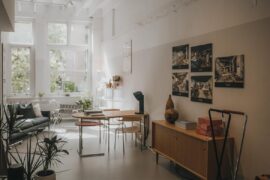
Sydney’s newest design concept store, HOW WE LIVE, explores the overlap between home and workplace – with a Surry Hills pop-up from Friday 28th November.

Merging two hotel identities in one landmark development, Hotel Indigo and Holiday Inn Little Collins capture the spirit of Melbourne through Buchan’s narrative-driven design – elevated by GROHE’s signature craftsmanship.
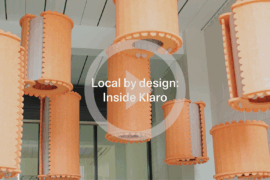
In an industry where design intent is often diluted by value management and procurement pressures, Klaro Industrial Design positions manufacturing as a creative ally – allowing commercial interior designers to deliver unique pieces aligned to the project’s original vision.
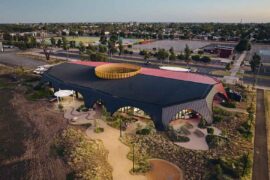
At the Munarra Centre for Regional Excellence on Yorta Yorta Country in Victoria, ARM Architecture and Milliken use PrintWorks™ technology to translate First Nations narratives into a layered, community-led floorscape.
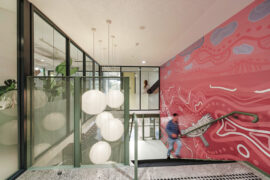
From radical material reuse to office-to-school transformations, these five projects show how circular thinking is reshaping architecture, interiors and community spaces.

Designed by Woods Bagot, the new fit-out of a major resources company transforms 40,000-square-metres across 19 levels into interconnected villages that celebrate Western Australia’s diverse terrain.
The internet never sleeps! Here's the stuff you might have missed

From radical material reuse to office-to-school transformations, these five projects show how circular thinking is reshaping architecture, interiors and community spaces.
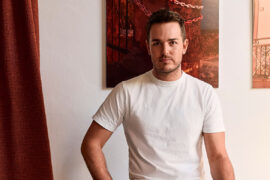
From furniture and homewares to lighting, Dirk du Toit’s Melbourne-based studio Dutoit is built on local manufacturing, material restraint and the belief that longevity is central to sustainable design.